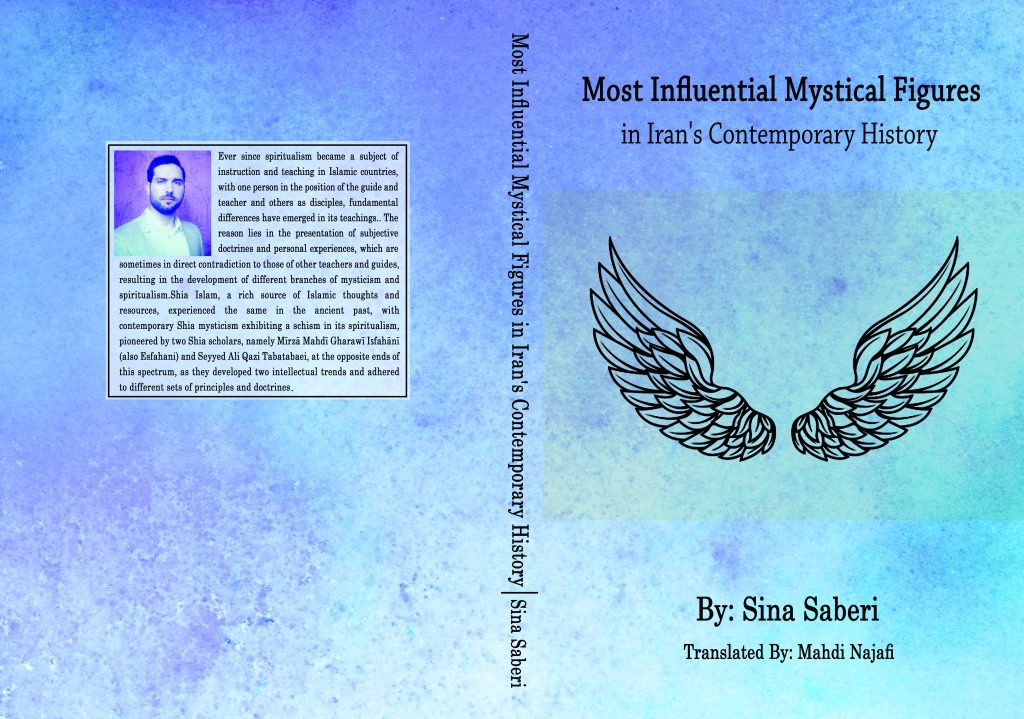Introduction
Ever since spiritualism became a subject of instruction and teaching in Islamic countries, with one person in the position of the guide and teacher and others as disciples, fundamental differences have emerged in its teachings.
The reason lies in the presentation of subjective doctrines and personal experiences which are sometimes in direct contradiction to those of other teachers and guides, resulting in the development of different branches of mysticism and spiritualism.
Shia Islam, a rich source of Islamic thoughts and resources, experienced the same in the ancient past, with contemporary Shia mysticism exhibiting a schism in its spiritualism, pioneered by two Shia scholars, namely Mīrzā Mahdī Gharawī Iṣfahānī (also Esfahani) and Seyyed Ali Qazi Tabatabaei, at the opposite ends of this spectrum, as they developed two intellectual trends and adhered to different sets of principles and doctrines. These two figures and their ideas were the subject of a number of my books, including “Mirza-ye Esfahani“, Reflection on the Life of Ayatollah Seyyed Ali Qazi“, “Overview of Ayatollah Seyyed Ali Qazi’s Affiliation to Sufism” and “Personal and Scholarly Life of Mirza Mahdi Esfahani and Seyyed Ali Ghazi“.
The significance of this schism is that their disciples and supporters have survived strongly to the present day, while doing their best to spread their thoughts, as they will continue to do so.
The present book provides a brief summary of the personal and scholarly life and thoughts of Mīrzā Mahdī Gharawī Iṣfahānī and Seyyed Ali Qazi Tabatabaei, hoping that in the future the subject will rise to the same level of popularity that it enjoys in Iran beyond our borders.
Sina saberi



